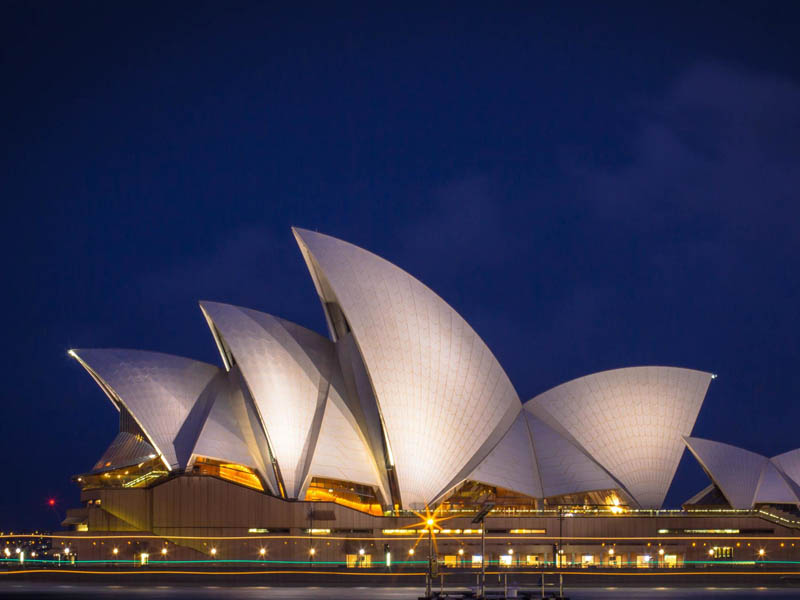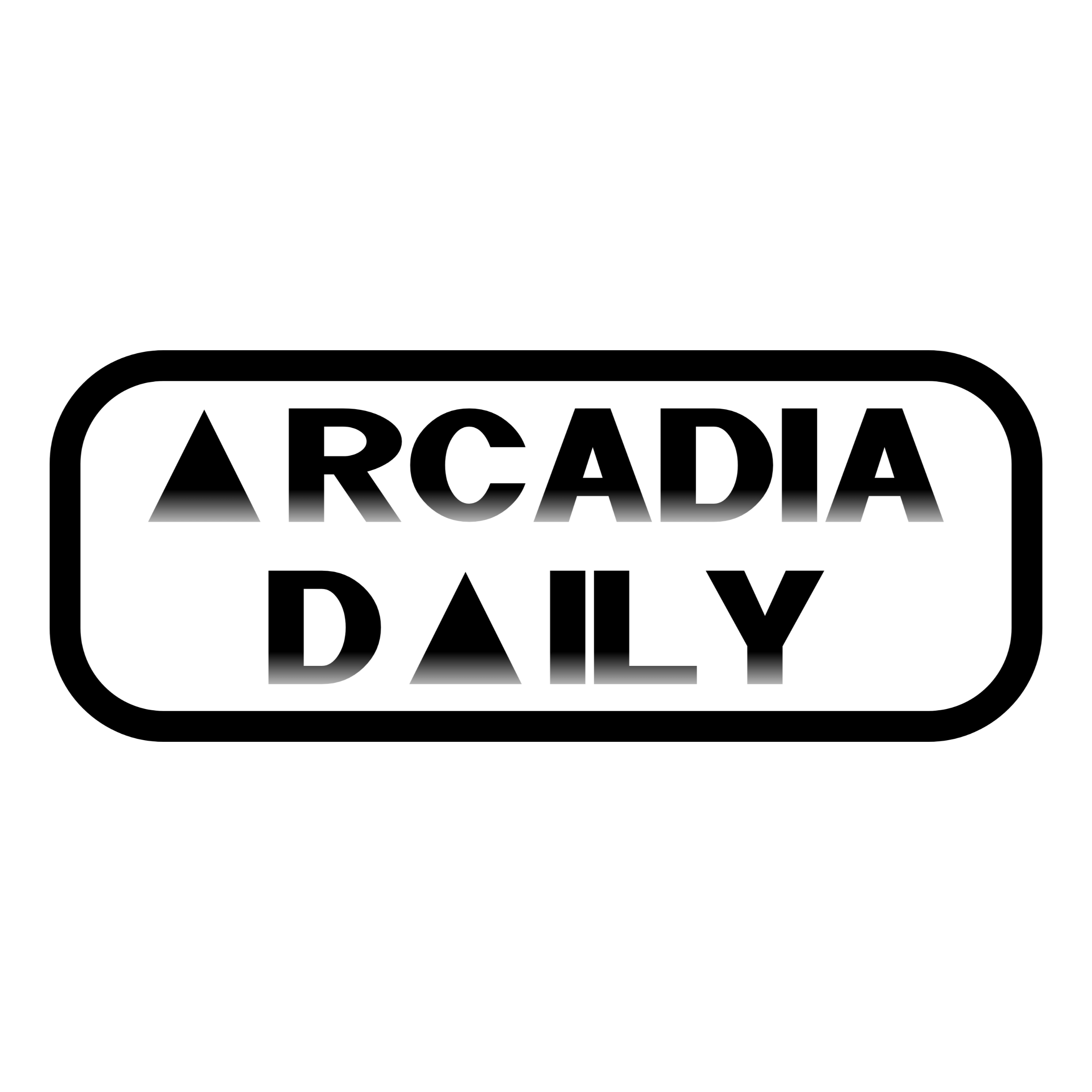
Arcadiadaily – Sydney Opera House, one of the world’s most iconic landmarks, was not built without hardship. Construction of the project officially began on March 2, 1959, but controversy, technical challenges, skyrocketing costs, and political disputes plagued its progress. What was meant to be a grand symbol of Australia’s cultural ambition quickly became a construction nightmare.
The idea for Sydney Opera House was first introduced in the late 1940s by Sir Eugene Goossens, an acclaimed English conductor. Passionate about creating a world-class venue, he convinced the Premier of New South Wales, Joseph Cahill, to launch an international design competition. In 1957, a relatively unknown Danish architect, Jørn Utzon, won the competition with his revolutionary, sail-like design. However, his initial sketches lacked detailed engineering plans, setting the stage for future conflicts.
Sydney Opera House quickly became a divisive topic. While many admired its ambitious design, others ridiculed it as “the Sydney Harbour monster” or “a piece of Danish pastry.” Eager to see the project move forward, Premier Cahill rushed construction before architects fully developed the design. Planners estimated the structure would cost A£3.5 million (A$7 million) and be completed by January 26, 1963. However, these estimates proved to be wildly unrealistic.
“Hard Start or No Start? Here’s Why!”
The construction was divided into three phases: building the podium, the roof shells, and the interior. The biggest challenge came with the roof, whose towering arches were difficult to construct with existing engineering methods. Costs soared, and as political pressure mounted, Utzon clashed with government officials. In 1966, frustrated and under immense scrutiny, he resigned from the project and left Australia, never seeing his masterpiece completed.
Despite the setbacks, workers finally completed the Sydney Opera House, and Queen Elizabeth II officially opened it on October 20, 1973. The final cost had ballooned to A$102 million over 14 times the original estimate. Yet, despite the financial and political turmoil. The Opera House went on to become a symbol of Australia’s cultural identity and architectural ingenuity.
Today, Sydney Opera House stands as a UNESCO World Heritage site and one of the busiest performing arts centers in the world. Although controversy surrounded its creation. The Sydney Opera House undeniably leaves a lasting legacy as a testament to perseverance, vision, and the art of turning struggle into triumph.
“The Art of Crafting Words: From Chaos to Clarity”
